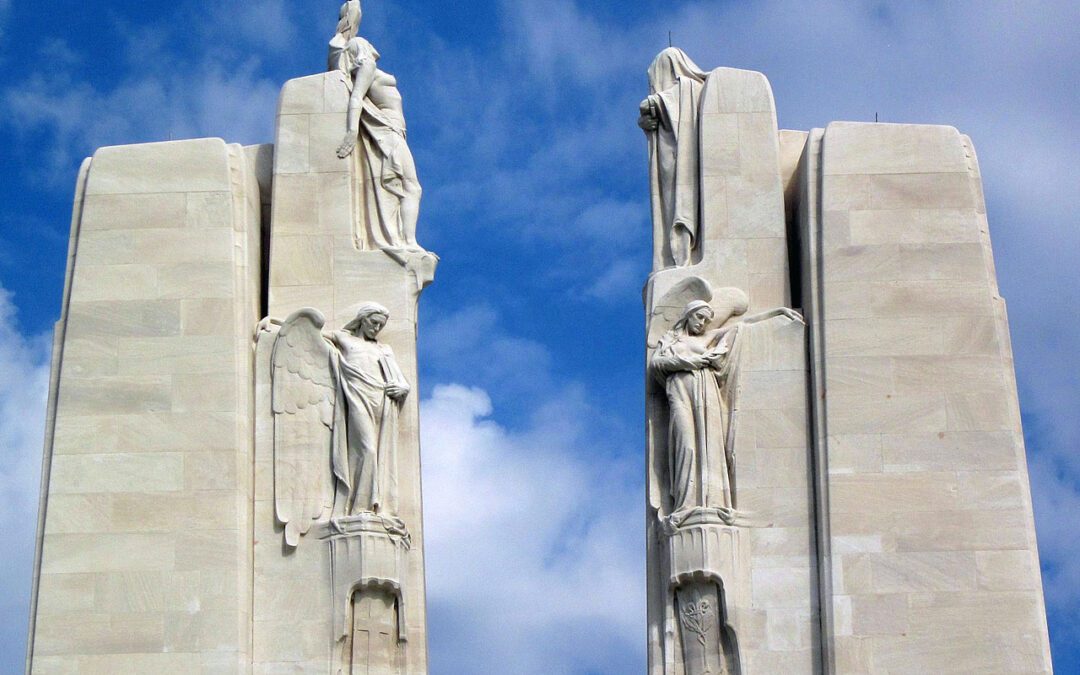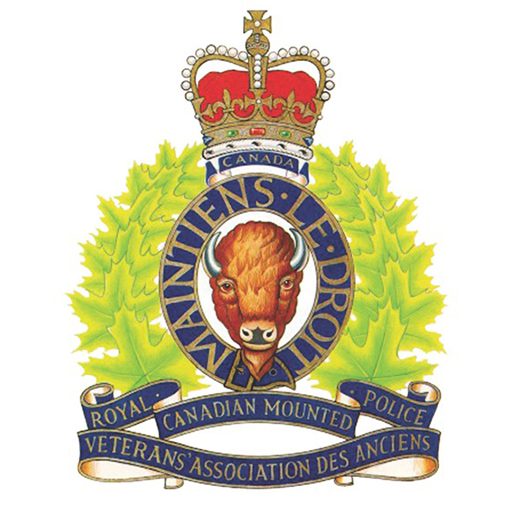As part of the 100th Anniversary of the Battle of Vimy Ridge this year, the RCMP is proud to send a ceremonial troop to participate in Veterans Affairs Canada’s commemorative activities in France from April 5 to 9.
The RCMP troop consists of police officers representing every province and territory, many of whom have family connections to the Battle of Vimy Ridge and First World War.
Separate from the RCMP’s official delegation, an RCMP pipe and drum band from Alberta will participate in commemorative activities at the Vimy monument and elsewhere in France.
The RCMP has a significant military history and connections. During the First World War, hundreds of members of the Royal North-West Mounted Police (RNWMP, the RCMP’s precursor) took their discharge from the force to fight overseas as part of the Canadian Expeditionary Force, including at Vimy Ridge.
In total, 182 former RNWMP members are interred in cemeteries in France and Belgium. Of these, 30 are named on the Vimy Memorial, and 27 are named on the Menin Gate Memorial in Belgium.
In addition to the main commemorative ceremony on April 9, the troop will pay their respects to the fallen by touring trenches and visiting a Canadian cemetery, Flanders Fields and the Menin Gate Memorial.
They will also take part in a vigil, flag-raising ceremony and Indigenous sunrise ceremony. The RCMP will have a display in a tent on the grounds of the Vimy Monument, with members on hand to meet officials and members of the public.
RCMP military links in brief
The RCMP has a strong affiliation with the military, dating back to the creation of the North-West Mounted Police (NWMP) in 1873. Many members who joined had come from British cavalry and artillery units.
Over the years, whenever war and conflict broke out around the world, members of the RCMP were there to serve, such as during the North-West Rebellion (1885), the South Africa Boer War (1899-1902), the First World War (1914-1918), the Second World War (1939-1945) and various peacekeeping operations since 1989.
During the First World War, the Canadian government initially restricted members of the Royal North-West Mounted Police (RNWMP) from deploying overseas, as home defence was seen as an essential element of the war effort.
While Commissioner A.B. Perry fought to allow members of the force to enlist, a number of members voluntarily discharged from the RNWMP to join the Canadian Expeditionary Force, where many served with distinction.
During the Battle of Vimy Ridge, these discharged members fought with the Canadian Forces, including John Poyntz French, nephew of the second commissioner of the force, George Arthur French.
By 1918, the Canadian government eventually authorized the creation of two RNWMP contingents for the First World War: Squadron A based in France and Belgium, and Squadron B based in Siberia. Nearly 1,200 RNWMP members served on those squadrons as part of the Canadian Expeditionary Force.
In total, 182 former members of the RNWMP who fought in the First World War are interred in France and Belgium. Of these, 30 are named on the Vimy Memorial and 27 are named on the Menin Gate Memorial. The rest are interred in Commonwealth war cemeteries scattered across these two countries.


